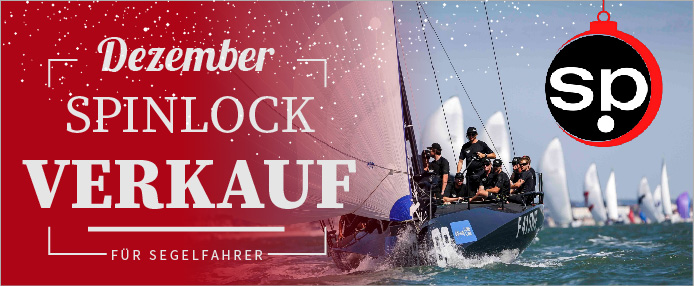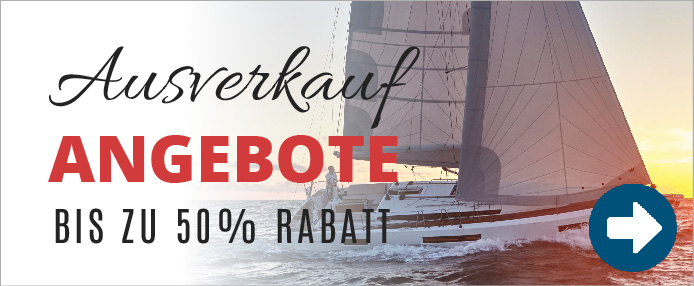Dyneema Schlaufen
Dyneema®-Schlaufen und -Strops sind ein immer beliebteres Anschlagmittel. Sie bieten ein extrem hohes Festigkeits-/Gewichtsverhältnis, sind sehr zuverlässig und passen sich ständig an Veränderungen des Lastwinkels an, was Verschleiß und Ermüdung deutlich reduziert. Mehr lesen...
In the world of outdoor sports, sailing, and industrial applications, Dyneema loops have emerged as indispensable tools. Renowned for their exceptional strength, durability, and versatility, these loops have found widespread use in various domains. Below we explore the construction, uses, and break strength of Dyneema® loops, providing valuable insights into their significance and applications.
Dyneema loops are robust, lightweight loops crafted from Dyneema® fiber, a high-performance material known for its incredible strength-to-weight ratio. These loops are meticulously constructed using advanced manufacturing techniques to ensure maximum reliability and durability in demanding conditions.
What are Dyneema Loops Used for?
1. Sailing and Rigging
In the maritime world, Dyneema loops play a vital role in rigging and sail handling. They are utilized as high-strength attachments for shrouds, forestays, halyard locks and high load blocks. Their resistance to UV degradation and saltwater corrosion makes them perfect for enduring the harsh marine environment, offering lightweight, reliable performance over extended periods.
Loops can be used in multiple configurations. Due to their wound uni-directional fiber construction (see below) they are very simple, reliable and super strong. They can be used as an open loop to create a simple link, or the most common use is in basket configuration [we need an image in here Mila] which doubles the loops strength and creates the most secure anchor. For quick, temporary applications they can also be cow-hitched to the anchor point but this reduces the breakstrength.
2. Climbing Applications
Dyneema® loops are extensively used in climbing as versatile connectors. They serve as lightweight and durable anchors, slings, or extenders, providing climbers with secure attachment points during ascents. Their low bulk and high strength make them ideal for creating equalized anchor systems or extending protection placements.
3. Outdoor Activities
Whether it's camping, backpacking, or any outdoor adventure, Dyneema® loops find various applications. From securing tents and tarps to hanging gear or creating makeshift rigging, these loops provide a lightweight and robust solution for numerous tasks in the wilderness.
4. Rescue and Safety Operations
Dyneema® loops are also employed in rescue and safety operations. Their high strength and minimal stretch characteristics make them suitable for building improvised anchors, harness attachments, or emergency rigging systems in critical situations where reliability is paramount.
How are Dyneema Loops Constructed?
Dyneema loops are meticulously crafted using a combination of advanced materials and manufacturing techniques. The process typically involves the following steps:
1. Selection of Dyneema® Fiber
High-quality Dyneema® fiber is chosen for its exceptional strength and durability. This ultra-high molecular weight polyethylene (UHMWPE) material provides the foundation for constructing robust and reliable loops.
2. Uni-directional Loop Construction
These loops are hand made by expert riggers. A single tow (thread) of Dyneema® fibre is wound in a continuous loop through an outer braided cover. The amount of fiber can be built up to meet specific working load requirements before being tied off. The outer breaded cover is then closed and spliced together to complete the loop. These continuous loops of fiber are inherently secure and due to Dyneema’s® material properties, if properly specified and maintained, failures are unheard of.
3. Finishing and Testing
Once the loop is formed, it is then subjected to bench testing to ensure it meets specified strength and performance standards.
What is the Break Strength of a Dyneema Loop?
The break strength of a Dyneema loop refers to the maximum amount of force it can withstand before failing or breaking. This critical parameter determines the loop's reliability and suitability for various applications. The break strength of Dyneema® loops can vary depending on factors such as diameter, construction method, and quality of materials used.
Factors Affecting Break Strength:
- Diameter: Generally, thicker Dyneema® loops tend to have higher break strengths compared to thinner ones due to the increased amount of material and surface area for load distribution.
- Construction quality: Uniform distribution of tension across all strands of Dyneema® fiber, in the loop when load is applied, is the key to delivering higher break strengths.
- Material Quality The quality of Dyneema® fiber used in the construction of the loop directly impacts its break strength. High-quality fibers with consistent molecular structure and minimal defects result in loops with superior strength and performance.
- Loop Configuration: Loops can be used in various configurations, the primary of which are straight, Basket and Cow-hitch. If we take a 6mm diameter loop (i.e. the cross section of the fiber bundle) a straight loop will have roughly double the break strength of a 6mm Dyneema® rope, because there are x2 legs of 6mm fiber carrying the load. The basket configuration will have twice the break strength of the straight loop because there are x4 legs of load carrying fibre, The cow-hitch itself is a weakpoint and generally will have approx. 20% less break strength than the straight confuration.
Dyneema loops are available in a wide range of break strengths to suit various applications and load requirements. Common break strength ratings for Dyneema® loops can range from a few hundred kilograms to several thousand kilograms, depending on their diameter and intended use.
In summary, Dyneema loops represent a pinnacle of modern engineering, offering unparalleled strength, durability, and versatility across diverse applications. Whether it's sailing, climbing, outdoor adventures, or safety operations, these loops serve as reliable connectors, anchors, and rigging components, enhancing safety and performance in every endeavor. Understanding the construction, uses, and break strength of Dyneema® loops is essential for harnessing their full potential and ensuring optimal performance in any scenario.

To install this Web App in your iPhone/iPad press
![]() and then Add to Home Screen.
and then Add to Home Screen.



